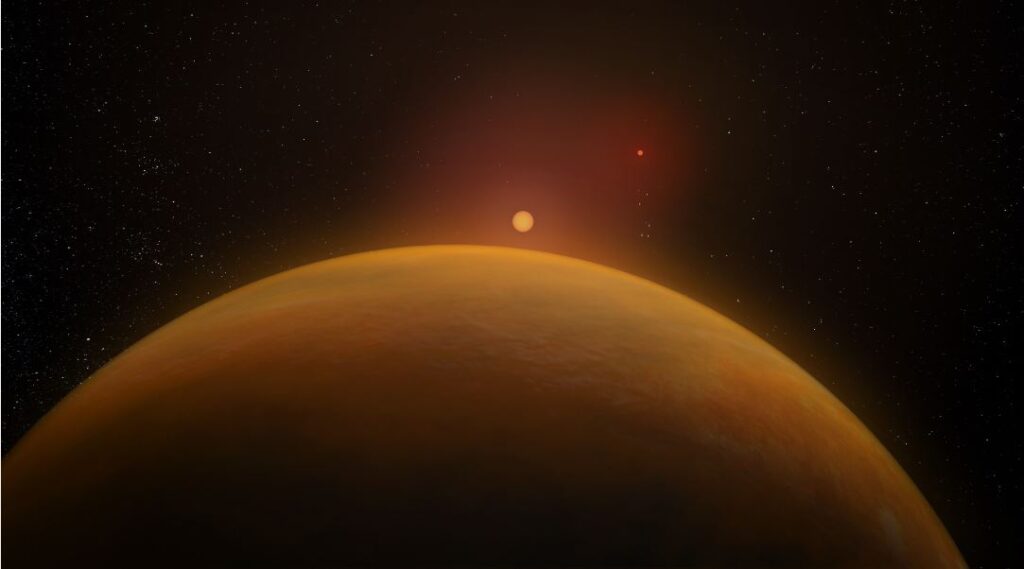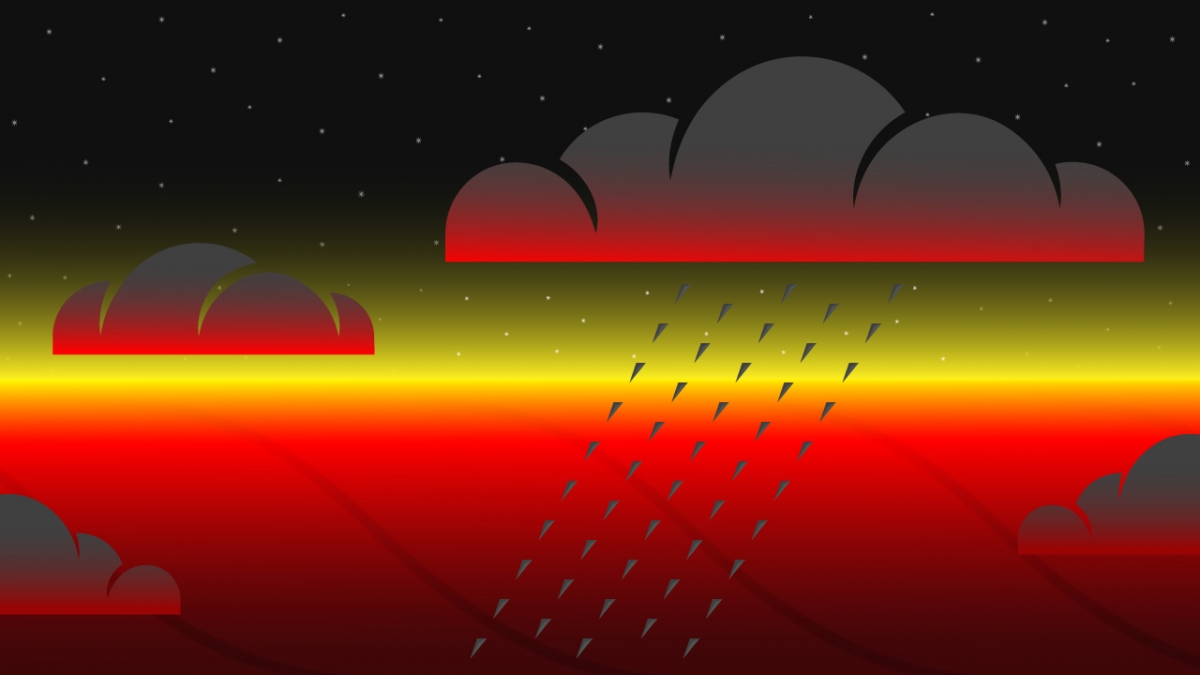
Astronomers using the VLBA have produced a full, 3-D view of a binary star system with a planet orbiting one of the stars. Their achievement promises important new insights into the process of planet formation.
By precisely tracing a small, almost imperceptible, wobble in a nearby star’s motion through space, astronomers have discovered a Jupiter-like planet orbiting that star, which is one of a binary pair. Their work, using the National Science Foundation’s Very Long Baseline Array (VLBA), produced the first-ever determination of the complete, 3-dimensional structure of the orbits of a binary pair of stars and a planet orbiting one of them...
Read More








Recent Comments